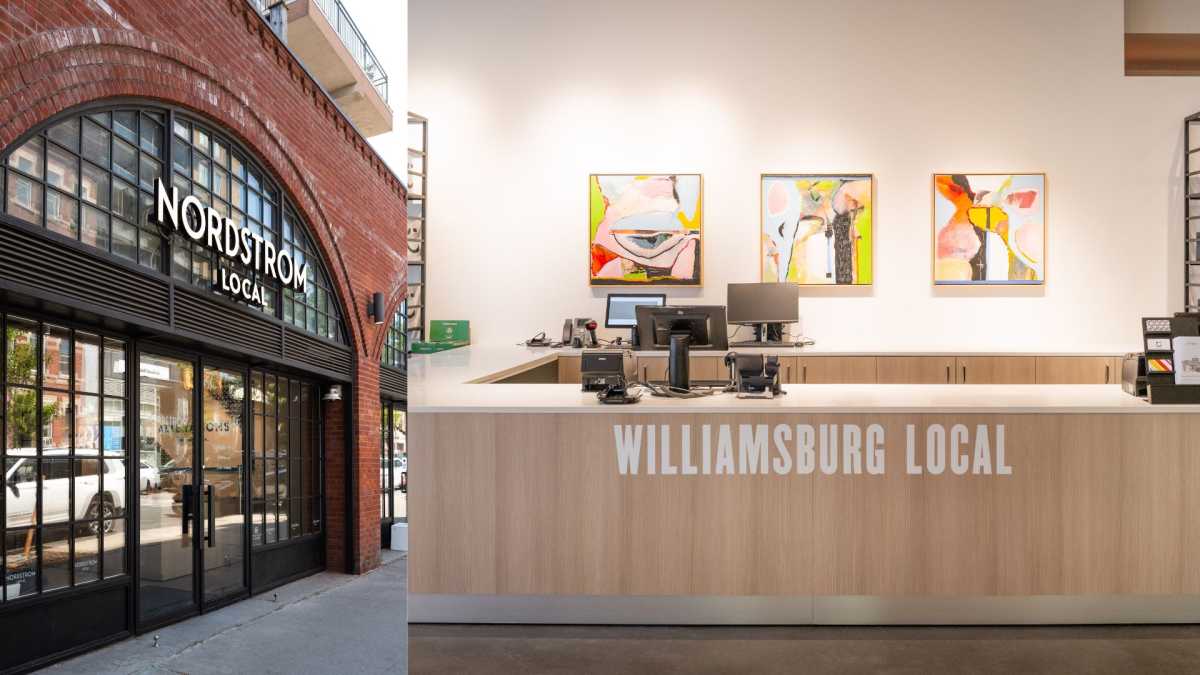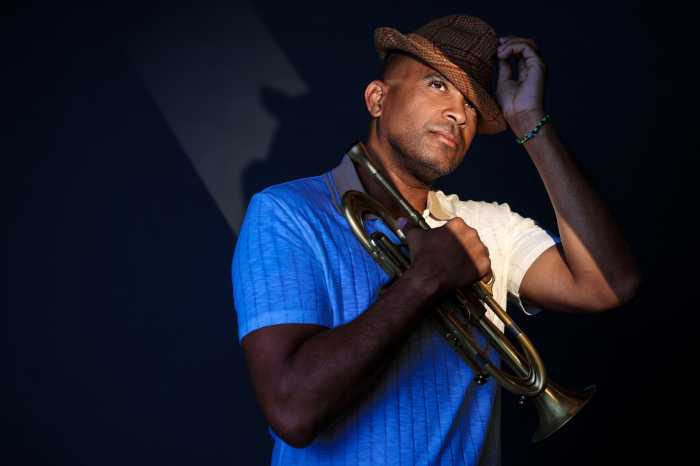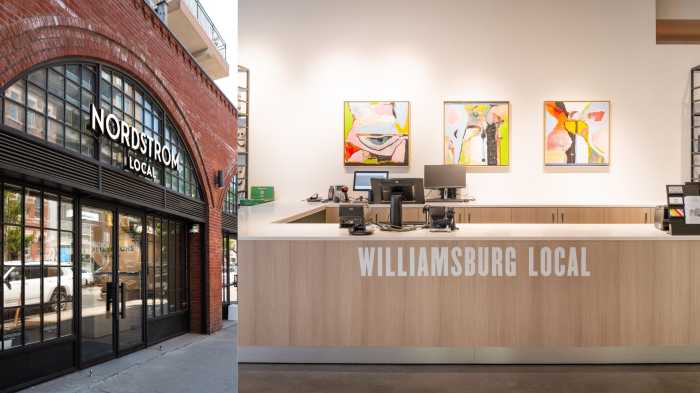Whatta final hurrah it was.
Lady Gaga cut the rug with a golden oldie and a Swedish musketeer hobnobbed with Pippi Longstocking as costumed revelers hailed the arrival of Lent with a rootin’ tootin’ Danish Mardi Gras — also known as Fastelavn or Nordic Halloween — at the Danish Athletic Club on Sunday.
The zany crew bid the good times a fond farewell — at least for now — by enjoying a kooky knees-up presented by the Scandinavian East Coast Museum, complete with festive dancing, silly games, quirky contests and yummy cream buns.
A toilet paper contest, which had frolickers vying to see who could unravel a roll first, ended with streamers of the white stuff crisscrossing the party room. Another crowd-pleaser, a variation on the piñata called “hit the cat out of the barrel,” spat candy at merrymakers who whacked the container with a stick. Historically there was a real black cat in the barrel, and beating the keg was considered a safeguard against evil, said Museum President Victoria Hofmo, who came wigged out as a blonde bombshell. The space was also decorated with “fastelavnsris,” bedecked twigs and branches, which Danish children use to ritually flog their parents to awaken them up on the morning of the celebration.
Club member Bob Carlsen — he was the one wowing as Gaga — turned up the fun a notch with a vastly popular version of musical chairs featuring a bag of props while young-at-heart senior Elsie Willumsen sang songs as Ellen Lindstrom tickled the ivories on an accordian.
“It was great party, everybody’s invited next year!” said Hofmo, whose museum has helped document and preserve the rich history of Scandinavians who have been a part of New York City’s diverse landscape since Norwegian explorer Leif Ericson first landed in North America around 1000 A.D.
Former owner and editor of the Norway Times A.N. Ryggm once stated, “The contributions to the community, made by the Scandinavian element in New York, have been hidden under a bushel.”
That statement is now a relic thanks to the Scandinavian East Coast Museum, which was established in 1996 to educate the public about the history of Scandinavian immigration to the United States.





















